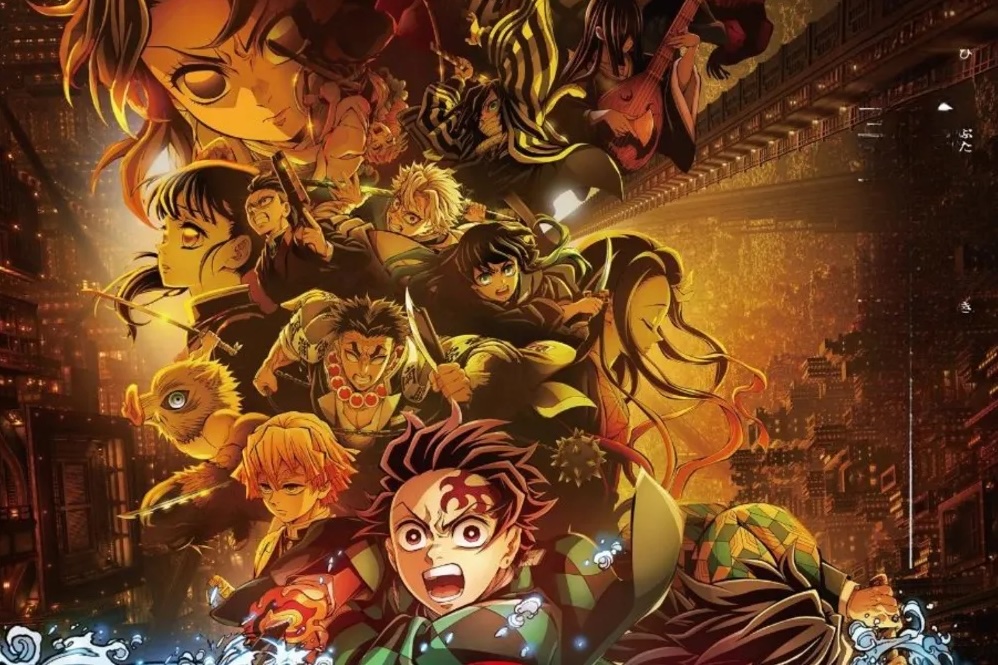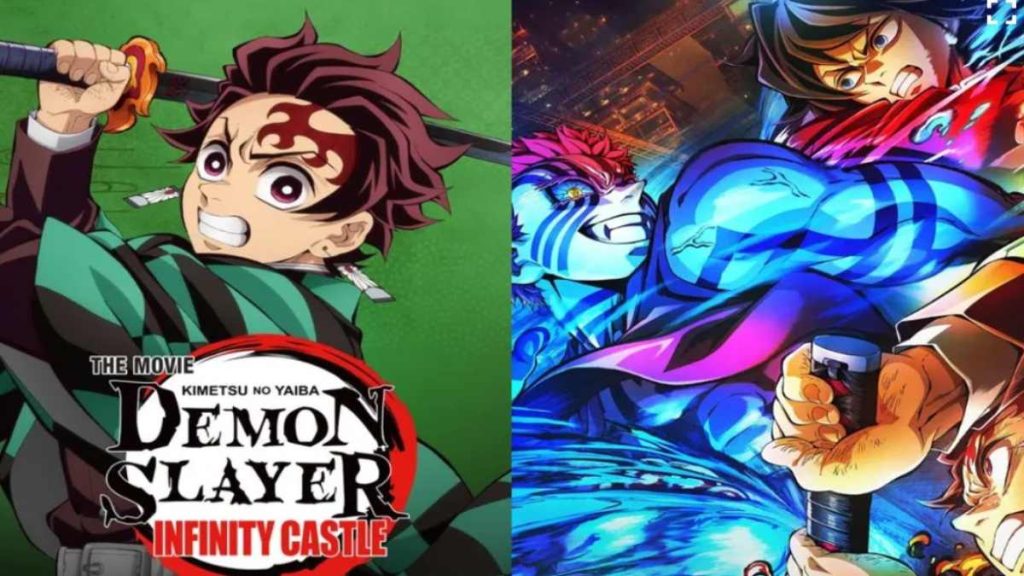Demon Slayer: Infinity Castle opened in Japanese cinemas on July 18, 2025. It didn’t merely enter the box office—it redefined what success for an anime film even means. From its initial weekend in Japan through its release in global markets, Infinity Castle has been more than just fan service or a sequel. It’s now a cultural phenomenon.
Driven by dazzling animation, emotional stakes, and a fan base turned force of nature, it has now become officially the highest-grossing anime film of all time.
Japan’s Home Court Advantage—and Then Some
The film opened with unprecedented strength in its home market. On its first day, Infinity Castle earned around ¥1.64 billion from over a million admissions, setting a new benchmark for opening-day earnings in Japan.
On subsequent days, it continued to break records: Day Two brought in about ¥1.75 billion, Day Three around ¥1.9 billion.
One of the biggest early milestones was the film reaching ¥10 billion
The three-day total reached ¥5.25 billion, making it the biggest opening weekend ever for a Japanese movie—surpassing even Mugen Train, its own franchise predecessor. Within four days, more than 5.16 million tickets had been sold in Japan alone.
One of the biggest early milestones was the film reaching ¥10 billion (about US$67–71 million depending on exchange) faster than any film in Japanese history. Because Japan was first out of the gate, the domestic hype built up early—and that momentum carried overseas.
ALSO READ: Afrobeats Dominates UK Charts: Rema, Ayra Starr & More Lead a Global Takeover
Global Domination: Crossing Borders
After its initial Japanese run, Infinity Castle rolled out globally. In the United States, it opened on September 12, 2025, via Sony Pictures and Crunchyroll. In its first U.S. weekend, it grossed over $ 70 million—a record for any anime film opening in the country.
As of late September 2025, the movie had earned approximately US$555–570 million globally, making it the highest-grossing anime film ever. It has overtaken Mugen Train, Your Name, Spirited Away, and Suzume in worldwide grosses.

In Japan, its jurisdiction remains strong, as it has become the second-highest grosser in Japanese box office history, only behind “Mugen Train.” It also passed Spirited Away in total earnings in Japan, showing not just early strength, but staying power.
Markets like Korea, Taiwan, Mexico, Thailand, the Philippines, and parts of Europe also contributed significantly, showing Infinity Castle is not an anime success story only in Asia, but a truly global one.
What Makes It Resonate: Story, Stakes, and Animation
The narrative stakes in Infinity Castle are perhaps deeper than in previous entries. Adapting the “Infinity Castle” arc of the Demon Slayer manga, the film leads into a final battle with deeply felt character moments, intense emotional sacrifice, and major confrontations with the series’ antagonists.
The audience has been following these characters for years; seeing the Hashira, Muzan Kibutsuji, Upper Rank demons, and Tanjiro, Nezuko in climactic encounters gives a sense of scale and payoff that many viewers find deeply satisfying.
Critically, much attention has gone to the film’s visuals. The studio, Ufotable, is being praised for its fight choreography, dynamic lighting, fluid animation during battle scenes, and richly detailed backgrounds.
While some critics mention pacing issues—especially long flashbacks or slower segments—the consensus is that Infinity Castle delivers an emotional punch along with technical spectacle.
Fan Passion, Marketing, and Word of Mouth
Without the fandom, one cannot talk about success. Before the movie was released, anticipation was created. They did that using trailers and images on social media.
Fans posted fan art, highlight scenes, and theories on all platforms. It was as if Infinity Castle was not a film, but an event. Early box office in Japan suggests that fans have returned to see the film multiple times, particularly on premium formats and IMAX.
Availability through 2025 streaming is fueling the theatrical appeal
Crunchyroll and Sony’s distribution strategy also seems to have helped. Timing releases in different regions to build on buzz, allowing Japan to lead, then pushing into North America, Europe, and other territories.
Availability through 2025 streaming is fueling the theatrical appeal—everyone wants to see it first at the big screen.
ALSO READ: Amy Poehler Calls Out the Oscars: Why Comedy Keeps Getting Snubbed
Implications: Anime as Mainstream Blockbuster
With Infinity Castle, anime has firmly entered blockbuster territory. It is no longer a niche or cult interest; this film shows it can compete with major Hollywood titles.
The figures indicate that audiences are willing to visit theaters to watch anime not only because it is new, but also because of its narrative, art, and visuals.

Culturally speaking, this has been one more soft power win by Japan. Anime remains a world export, and it is how people all over the world perceive Japanese storytelling, artistry, and depth.
For the broader industry, this sets a new benchmark. Other anime franchises like Jujutsu Kaisen, One Piece, and newer ones will be watched carefully: can they deliver matching animation quality, storytelling depth, marketing reach, and global rollout? The bar has just been raised.
The Big Picture: Has It All Changed?
At this moment, Demon Slayer: Infinity Castle is more than just the latest hit. This is what anime does when all its assets are combined—deep fanbase, good story, technical proficiency, and distribution muscle.
It is evidence that anime films can reign not only in Japan. It swept theaters and will remain current for decades to come.
It’s too early to tell if this is the height that anime will ever reach, or half of something more. But this much is certain: the game is changed, and Infinity Castle is the movie that made all of us see just how high anime can fly.
You Might Also Like:
10 Jaw-Dropping Looks From the Oscars 2025
Billie Eilish Becomes Youngest Person To Win Two Oscars After “Barbie” Ballad Win
Jimmy Kimmel Says the Oscars Organizers Told Him Not to Read Trump’s Pan on Stage
Halle Berry Was the First Black Woman To Win the Oscars for Best Actress: Here’s What She Had To Say
Who Has The Most Oscars? Every Time Katharine Hepburn Won an Oscar

